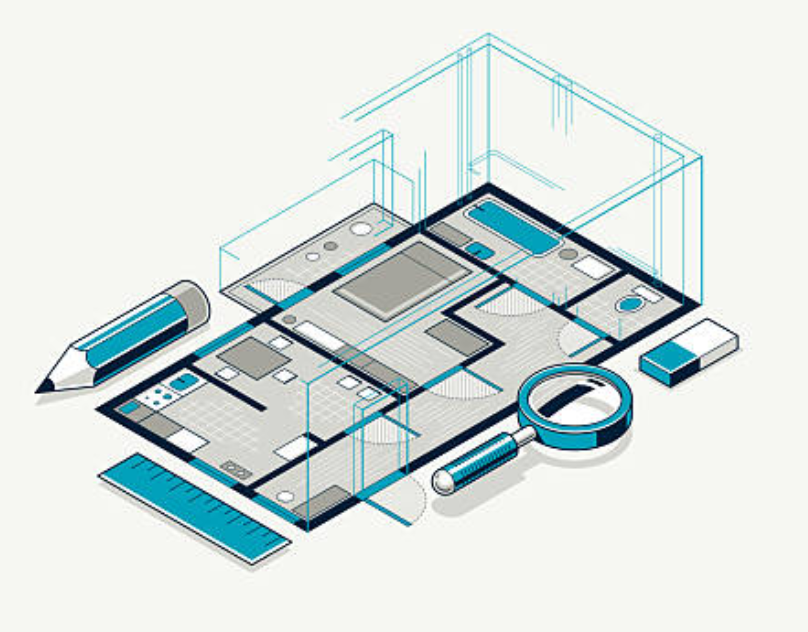
For the past four years, we’ve been building AI solutions across the real estate ecosystem—from underwriting automation to valuation models, image intelligence, and agent-assist systems. But one capability has consistently proven far more impactful than most people realize: teaching AI to accurately understand floor plans.
At a surface level, floor plans look clean and structured: crisp lines, defined rooms, neat labels. But anyone who has ever worked with scanned PDFs, broker-uploaded images, or legacy architectural drawings knows how messy they really are. Skewed scans, hand-drawn geometry, faded text, overlapping annotations, partial walls, mixed measurements. To humans, they still make sense. To machines, they’re chaos. And that is precisely why unlocking this capability matters so much.
Once AI can reliably interpret a floor plan, extract geometry, and understand spatial relationships, an entire universe of automation becomes possible:
At AxcelerateAI, we’ve spent the last two years pushing the limits of Computer Vision, OCR, and geometric reasoning to build a reliable floor-plan intelligence engine. Here’s how we break down the problem:
Correcting skewed scans, cleaning noise, normalizing line thickness, and preparing images for robust segmentation.
Using deep learning models to detect walls, openings (doors, windows), fixtures (sinks, stoves), and structural elements, even in hand-drawn plans.
Running OCR models tuned for architectural fonts, symbols, and abbreviations to identify room names, dimensions, and material labels.
Reconstructing room polygons, determining adjacency graphs, and understanding circulation to produce structured spatial data.
Delivering client-ready formats like GeoJSON, SVG, CSV, and BIM-compatible object structures, transforming messy plans into digital twins.
In one of our recent projects, we developed a multi-stage pipeline that normalized noisy scans, segmented walls & openings, extracted measurements with high accuracy, inferred room boundaries, mapped fixtures and utilities, and converted everything into exportable structured data. The result: A system that turns unstructured architectural drawings into actionable intelligence for real estate, construction, and interior design companies.
Floor plans are one of the most fundamental—yet underutilized—data sources in real estate. By teaching AI to understand space the way humans do, we’re not just digitizing drawings, we are building the future foundation of real estate intelligence. At AxcelerateAI, we see this as one of the most transformative AI capabilities for the next decade.
Ready to build the future foundation of real estate intelligence?

Unlock PropTech automation. Learn how our custom AI uses Computer Vision and geometric reasoning to extract data from floor plans, reducing costs.

.png)
Automate grading, curriculum mapping, and student records. See 5 top use cases where IDP and OCR transform academic operations.


Reduce BoL processing time by 90% and eliminate errors. See 5 core use cases for IDP & OCR in logistics and supply chain automation.


Unlock PropTech automation. Learn how our custom AI uses Computer Vision and geometric reasoning to extract data from floor plans, reducing costs.

.png)
Automate grading, curriculum mapping, and student records. See 5 top use cases where IDP and OCR transform academic operations.


Reduce BoL processing time by 90% and eliminate errors. See 5 core use cases for IDP & OCR in logistics and supply chain automation.
